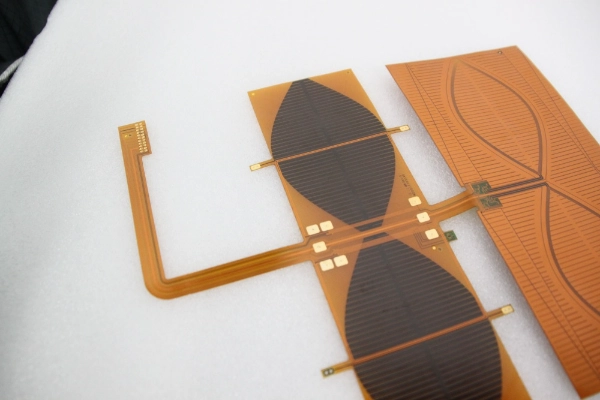When it comes to interior wall construction, drywall has long been the go-to material for builders and homeowners alike. However, rising material costs and the quest for more sustainable building practices have led many to seek out cheaper and more innovative alternatives. In this article, we will delve into the most cost-effective alternatives to drywall, examining their benefits, drawbacks, and practical applications.
Understanding Drywall and Its Limitations
Before exploring alternatives, it’s essential to understand why drywall has been so prevalent. Drywall, or gypsum board, is favored for its affordability, ease of installation, and fire-resistant properties. However, it is not without its limitations. Drywall can be susceptible to moisture damage, is relatively fragile, and can be labor-intensive to install and finish. These factors have prompted many to consider alternatives that can provide similar benefits at a lower cost or with added advantages.
- Plywood: A Versatile Option
Plywood is one of the most popular alternatives to drywall. It is made from thin layers of wood veneer glued together, offering strength and durability.
Advantages:
- Cost-Effective: Plywood can be cheaper than drywall, especially when considering the cost of finishing materials.
- Durability: It is less prone to damage from impacts and can withstand moisture better than drywall.
- Aesthetic Appeal: Plywood can add a rustic or modern aesthetic to a space, eliminating the need for additional finishing.
Drawbacks:
- Installation Complexity: Plywood requires more skill to install properly compared to drywall.
- Finishing Needs: While it can be left exposed, it often requires sealing or painting to protect against moisture and enhance appearance.
- Oriented Strand Board (OSB)
OSB is another wood-based alternative that has gained popularity in construction. It is made from strands of wood that are oriented in specific directions and bonded together with adhesives.
Advantages:
- Affordability: OSB is typically cheaper than both drywall and plywood.
- Strength: It offers excellent structural integrity and is often used in sheathing applications.
- Moisture Resistance: OSB can perform better than drywall in humid environments.
Drawbacks:
- Aesthetic Limitations: OSB may not be as visually appealing as plywood and often requires finishing.
- Weight: It can be heavier than drywall, making installation more challenging.
- Cement Board
Cement board is a durable alternative often used in areas prone to moisture, such as bathrooms and kitchens.
Advantages:
- Water Resistance: Cement board is impervious to water, making it ideal for wet areas.
- Fire Resistance: It provides excellent fire resistance, enhancing safety in homes.
- Longevity: Cement board is less likely to warp or deteriorate over time.
Drawbacks:
- Cost: While it can be cheaper than high-end drywall options, it is generally more expensive than standard drywall.
- Installation Difficulty: It requires specialized tools for cutting and installation.
- Reclaimed Wood
Using reclaimed wood is an eco-friendly alternative that adds character and warmth to any space.
Advantages:
- Sustainability: Reclaimed wood reduces waste and is often sourced from old buildings, making it an environmentally friendly choice.
- Unique Aesthetic: Each piece of reclaimed wood has its own history and character, providing a unique look.
- Insulation Properties: Wood can offer better insulation than drywall, contributing to energy efficiency.
Drawbacks:
- Cost Variability: Depending on the source and quality, reclaimed wood can be more expensive than traditional drywall.
- Installation Challenges: Working with reclaimed wood can be labor-intensive and may require additional finishing.
- Fabric Panels
For those looking for a more innovative approach, fabric panels can serve as an attractive alternative to traditional wall coverings.
Advantages:
- Sound Absorption: Fabric panels can help reduce noise levels, making them ideal for offices or home theaters.
- Design Flexibility: They come in a variety of colors and patterns, allowing for creative design options.
- Lightweight: Fabric panels are easy to install and can be mounted directly onto existing walls.
Drawbacks:
- Durability: Fabric may not be as durable as other materials and can be prone to staining.
- Maintenance: Regular cleaning may be required to keep fabric panels looking fresh.
Conclusion: Choosing the Right Alternative
When considering alternatives to drywall, it’s essential to evaluate your specific needs, budget, and the intended use of the space. Each option has its unique advantages and drawbacks, and the best choice will depend on factors such as moisture levels, aesthetic preferences, and installation capabilities.

